Koi Fish
A Comprehensive Guide to Care and Keep
Nishikigoi, aka Koi fish, are a kind of decorative carp that have been developed for its unique patterns and hues. Although the precise history of Koi fish is unclear, it is thought that they originated in Japan more than 200 years ago.
Some historians think that the Niigata Prefecture in Japan's early 1800s was where Koi fish were initially developed from ordinary carp. It was thought that the cold, clean water in this region made it the perfect place for fish to reproduce.
It is thought that local farmers started deliberately breeding the fish, looking for characteristics like color, pattern, and body form.
In the 20th century, these beautiful fish grew more and more popular in Japan, especially after World War II. Following the war, Japan enjoyed an economic boom during which many people started raising Koi fish as a pastime.
Koi's swiftly gained popularity as a luck- and prosperity-related symbol, and many people started keeping them in gardens and outdoor ponds.

Koi fish are now a well-liked ornamental fish all over the globe, having fans in nations including the United States, China, and the United Kingdom.
Koi fish are prized for their unique patterns and hues, which may vary from simple hues like white or black to more elaborate designs like Kohaku, which has a white body with red markings.
Koi fish are prized for their durability and long lives. They can endure a variety of water conditions, and some Koi fish have been known to live for over 50 years.
However, Koi fish need a well-maintained habitat to survive, and if the water quality is not adequately controlled, they may be vulnerable to illnesses.
Koi fish are still seen as a luck- and prosperity-bringing emblem in Japan. The “All Japan Koi Show” is a yearly event in Tokyo when Koi aficionados and breeders from all over the globe come to exhibit their treasured fish.
The occasion, which draws thousands of people each year, is regarded as the most renowned Koi fish display in the whole globe.
Koi fish have a long and illustrious history, and people continue to keep them as ornamental fish all around the globe. Koi fish are admired for their beauty, toughness, and lifespan, and they have developed into an essential element of many cultures all over the globe, whether they are maintained in outdoor ponds or inside aquariums.
Suitable
Water Hardness and pH for Koi
Water hardness and pH are two crucial aspects to take into consideration while setting up an aquarium or pond for these fish since Koi fish need precise water conditions in order to grow.
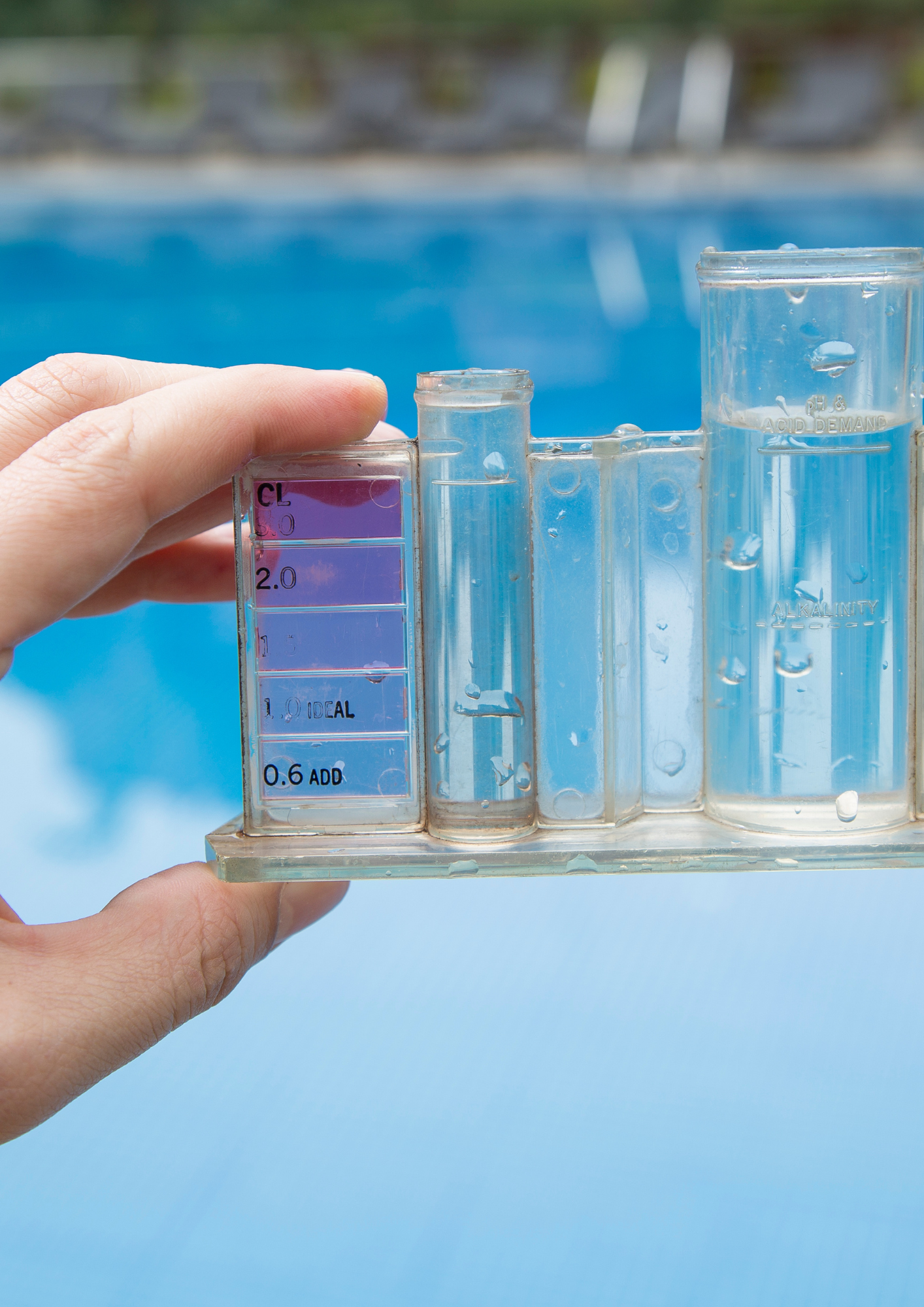
The quantity of dissolved minerals in the water, notably calcium and magnesium ions, is referred to as water hardness. Koi fish do best in water that is somewhat hard and contains 100–250 mg/L of calcium carbonate (CaCO3).
Koi fish may struggle to grow strong bones and teeth if the water is excessively soft, which might eventually cause health issues. On the other side, if the water is excessively hard, calcium deposits may start to accumulate in the fish's tissues and organs.
When constructing a pond or aquarium for Koi fish, pH is yet another crucial aspect to consideration. A pH of 7 is considered to be neutral and indicates how acidic or alkaline the water is.
An alkaline pH range of 7.0 to 8.5 is preferred for Koi fish. A low pH may cause the water's acidity to grow, which might be detrimental to the health of the fish. The risk of bacterial and fungal diseases might rise if the pH is too high.
It's crucial to routinely test the water with an aquarium test kit in order to maintain optimal water hardness and pH levels for Koi fish. In order to attain the proper amount of hardness, it could be required to add minerals or modify the water source if the water is either too soft or too hard.
It could be essential to use pH adjusters or add buffer solutions to bring the pH into the proper range if it is either too low or too high.
It is important to remember that abrupt changes in the pH or water hardness might be hazardous to Koi fish. Any changes to the water's properties should be made gradually over time to give the fish time to adapt to the new environment. Additionally, in order to keep the water pure and free of hazardous contaminants, it's crucial to maintain frequent water changes and utilize the right filtering techniques.
Keeping Koi fish healthy and prospering requires maintaining appropriate pH and water hardness levels. Koi fish lovers may guarantee that their fish have the ideal conditions for growth and development by checking the water often and making the necessary modifications.
Koi Diseases
Koi fish are prone to a range of illnesses and health problems, just like all other living things. Viruses, fungi, parasites, bacterial infections, fungal infections, and stress-related disorders are some of the most prevalent ailments that afflict Koi fish.
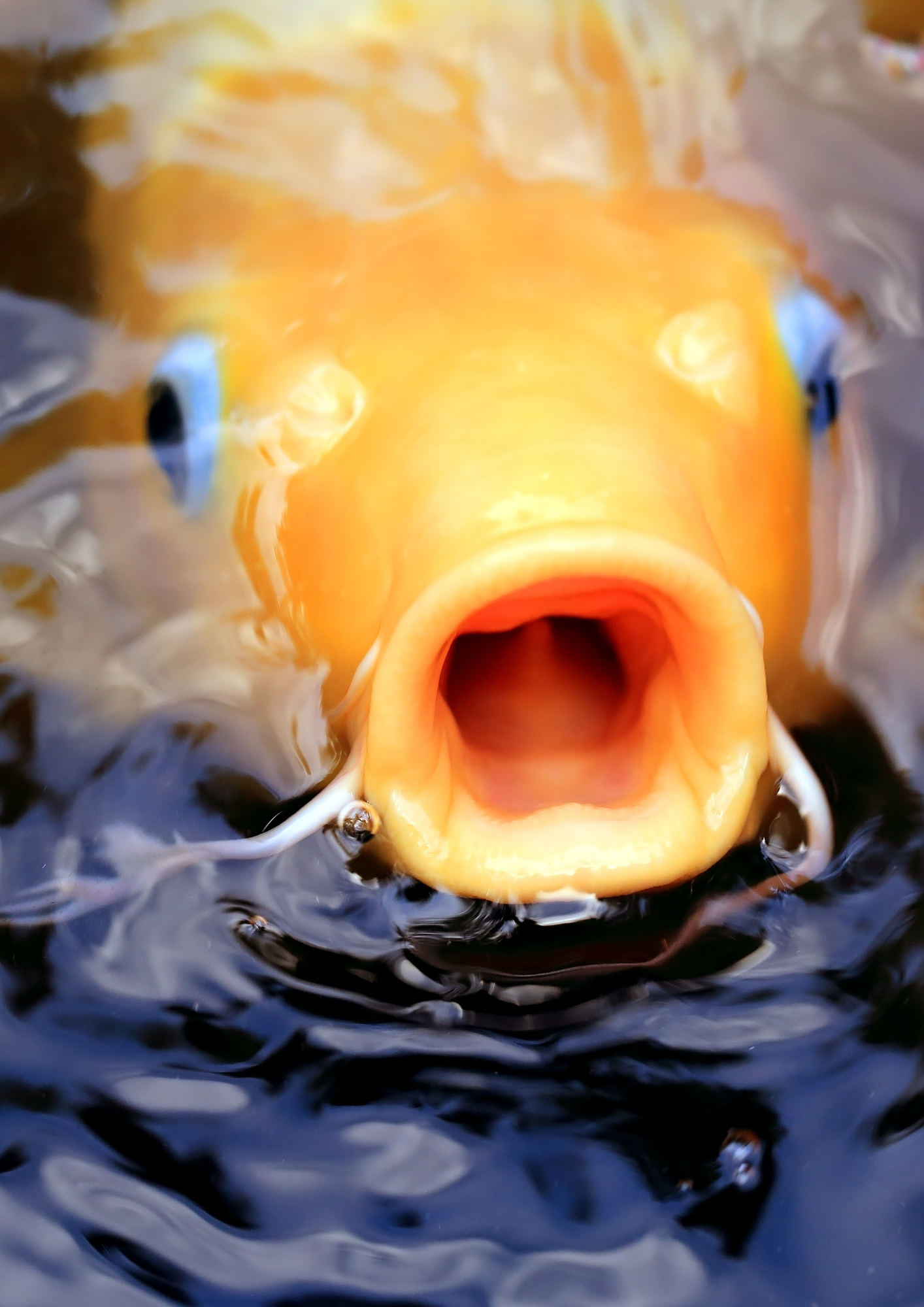
Numerous bacteria may infect the fish's skin, fins, or internal organs to produce bacterial illnesses. Lethargy, fin rot, ulcers, redness, or swelling are all signs of bacterial infections. Antibiotics are often used during treatment, along with upkeep of a clean and well-maintained environment to stop the illness from spreading.
Koi populations are susceptible to serious harm from viral diseases like the Koi herpes virus (KHV). Fish that have been exposed to KHV may experience severe mortality.
Lethargy, lack of appetite, gill damage, and skin sores are among the symptoms. Unfortunately, there is no known treatment for KHV, thus affected fish must be put in quarantine or killed in order to stop the virus from spreading.
A number of fungi that may infect the fish's internal organs or skin can cause fungus infections. Lethargy, lack of appetite, and white or gray spots on the skin or fins are other symptoms.
Antifungal drugs are often used during treatment, along with upkeep of a clean and well-maintained environment to stop the development of the illness.
A number of parasites that may infect the fish's skin or gills produce parasitic illnesses including ich and anchor worms. White patches on the skin, redness or swelling, and tiredness are some of the symptoms.
Antiparasitic drugs are often used during treatment, along with upkeep of a clean and tidy environment to stop the illness from spreading.
Koi fish that are subjected to environmental stressors including poor water quality, overpopulation, or fluctuations in water temperature or pH may develop stress-related disorders. Lethargy, lack of appetite, and a weaker immune system are some of the symptoms, which might raise the chance of contracting additional diseases.
The standard course of treatment includes treating the underlying stressor, such as raising water quality cause decreasing overcrowding, as well as offering supportive care to aid in the fish's recovery.
It is crucial to maintain a clean and well-maintained environment, including frequent water changes, suitable filtration techniques, and proper stocking levels, in order to stop the spread of infections and preserve the health of Koi fish.
Prior to introducing new fish to an existing population, it's crucial to quarantine them to stop the spread of any possible illnesses. Koi fans may contribute to ensuring that their fish live long, healthy lives by taking proactive steps to preserve their fish's health.
Water
Temperature for Koi
When maintaining Koi fish, water temperature is a crucial consideration. Since these fish are cold-blooded, the water in which they live controls their body temperature. As a consequence, it's crucial to keep the water at a consistent temperature that falls within Koi's preferred range.
Between 65 and 75°F (18 and 24°C) is the recommended water temperature for Koi. They become more active and need more oxygen at temperatures over 75°F (24°C), which may cause stress and even death if oxygen levels are insufficient.
Koi become less active, and their metabolism slows down below 65°F (18°C), which might cause health issues.
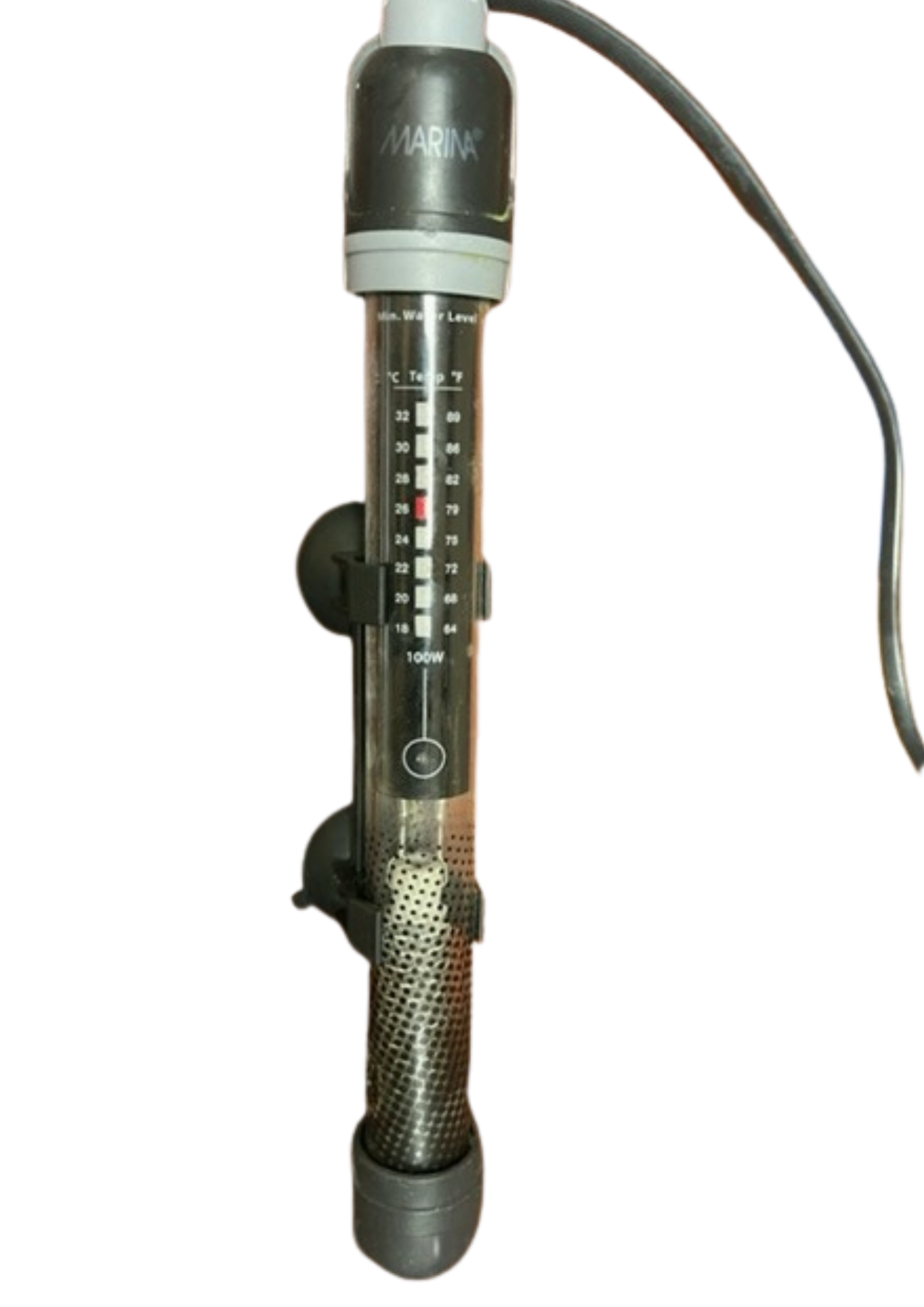
It's crucial to gently adapt Koi to any changes in water temperature in addition to keeping the water temperature steady. For fish, abrupt temperature fluctuations may be stressful and dangerous for their health.
It is advised to float the bag carrying the fish in the water for around 20–30 minutes when introducing fresh Koi to a tank or pond so that the water temperature in the bag can acclimate to the surrounding water temperature.
The fish are less stressed as a result of the acclimatization process.
It's crucial to provide the water enough oxygen throughout the summer, when water temperatures might climb. By adding an aerator or fountain in the pond or tank, you can assist the water circulate and raise the oxygen levels.
A tank or pond shouldn't be overcrowded since this might result in a build-up of waste and a reduction in oxygen levels.
It is crucial to take measures to protect the Koi from the cold in colder areas when the water temperature falls below 50°F (10°C) throughout the winter. To do this, a pond heater may be installed, or a de-icer can be used to keep the water's surface from freezing.
Additionally, it is advised to cut down on feeding throughout the winter since Koi's metabolism slows down in colder climates.
It is crucial for the health of Koi fish to maintain a consistent water temperature within the ideal range of 65-75°F (18-24°C). It's also crucial to get young fish used to fluctuations in water temperature and ensure that they have enough oxygen throughout the summer.
Koi must be protected from the cold in colder locations in order to maintain their health and wellbeing.
Koi Diet
Koi fish need proper nourishment in order to be healthy and happy. A balanced diet for Koi may aid in fostering healthy development, brilliant colour, and a robust immune system. It's critical to give Koi the perfect quantity and frequency of meals in addition to the proper sort of food.
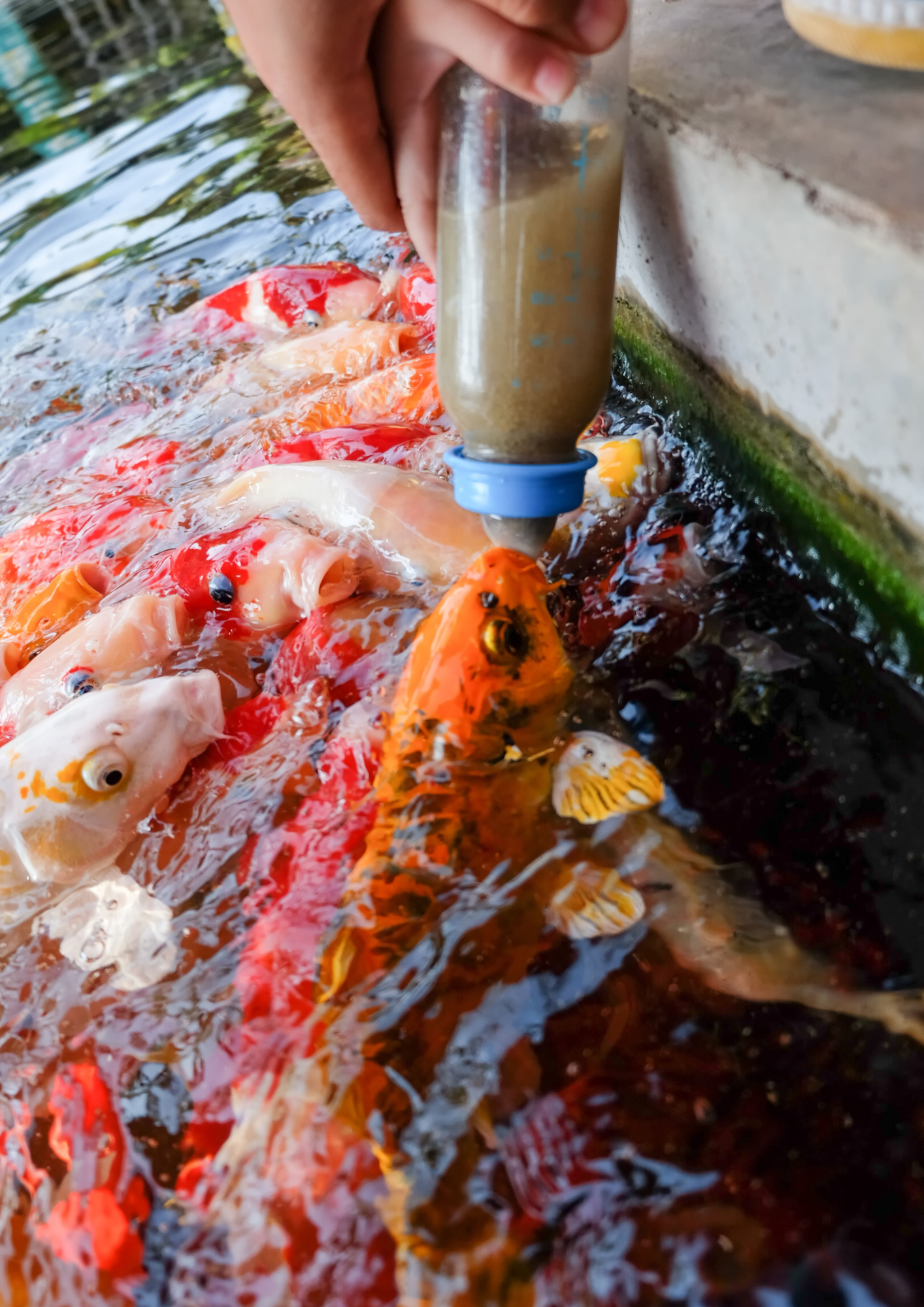
Because they consume both plant and animal stuff, Koi are omnivorous. Koi eat a variety of insects, worms, and water plants in their native habitat. Koi should be given premium pellets or flakes that are rich in protein, fat, fibre, vitamins, and minerals while kept in captivity.
These feeds may be customized to fulfill particular nutritional demands, such as color enhancement, and are offered in a variety of formulae designed for fish at various life stages, from juveniles to adults.
Koi may also be given a range of fresh or frozen items, such as shrimp, krill, or earthworms, in addition to commercial food. These meals may be given to the fish on a daily basis or as an addition to their usual diet. Koi shouldn't be overfed since too much food might contaminate the water and cause health problems.
As a general guideline, feed Koi no more than they can eat in five minutes and do it twice or three times daily.
As Koi are prone to a condition known as "floating syndrome," in which the fish become buoyant owing to too much gas in the swim bladder, feeding Koi should be done carefully and attentively.
Overfeeding or providing Koi with a diet that is too heavy in protein may also contribute to this issue. It's crucial to give Koi a well-balanced food that is suitable for their stage of life and to refrain from overfeeding them in order to prevent floating syndrome.
The water's temperature is a significant factor while feeding Koi. Since Koi have cold blood, the temperature of the water affects both their metabolic rate and eating behavior. Koi should typically get less food in colder water since their digestive systems slow down and they need less nourishment.
Koi may need more food to sustain their higher metabolic rate in warmer water, on the other hand.
Providing Koi with a balanced diet is crucial for preserving their health and vigor. Koi aficionados may provide their fish the vital nutrients they need to survive by feeding a choice of high-quality commercial food, fresh or frozen food, and sometimes treats.
Feeding Koi the right quantity and number of times is crucial; avoid overfeeding or giving them a meal that is excessively heavy in protein. Koi may live long, healthy lives and provide delight and beauty to any pond or aquarium with the right nourishment.
Tank
Volume
The size of the tank is crucial while raising Koi fish. Large, energetic fish like Koi need plenty of room to swim and survive. Generally speaking, it is advised to give each Koi fish with a minimum of 1000 liters of water. Therefore, a very big tank or pond are required if you want to raise multiple Koi.
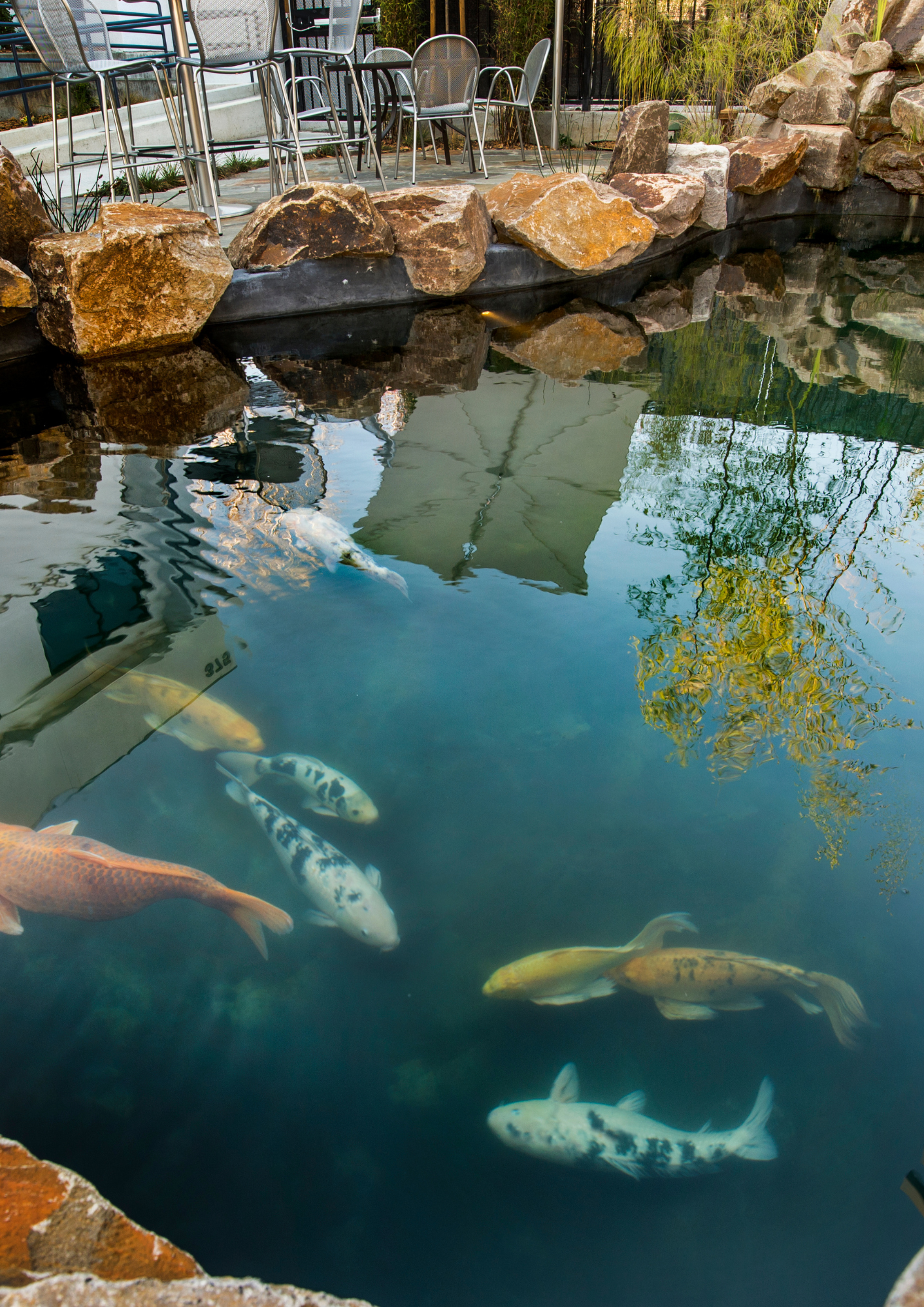
A big tank or pond may assist keep the water quality high in addition to giving the fish adequate room to swim. If the tank is too small, the large amount of waste produced by Koi may soon build up and result in poor water quality.
A bigger amount of water allows for more waste dilution, lowering the possibility of poor water quality issues.
It is crucial to take the depth of the water into account when choosing a tank or pond for Koi in addition to the size. Because they are energetic swimmers, Koi need water that is at least three to four feet deep in order to feel comfortable.
Additionally, deeper water contributes to year-round temperature stability, which is crucial for the health of the fish.
The Koi's health may also be impacted by the pond's or tank's form. A rectangle or oval form with straight sides and corners is ideal for the tank or pond. This improves water circulation and filtration while also giving fish a more natural swimming habitat.
It's crucial to let the tank cycle before introducing any fish when setting up a new tank or pond for Koi. Establishing a colony of helpful bacteria that will aid in waste breakdown and maintain high water quality in the tank or pond is known as cycling. Depending on the size of the tank and the kind of filtration system utilized, this procedure may take several weeks or even months.
Keeping Koi fish healthy and happy depends on having a big enough tank or pond. It is advised to have at least 1000 gallons of water in each Koi tank, with a depth of 3 to 4 feet.
Before introducing any fish, the tank or pond should be cycled. It should have a rectangle or oval form with straight sides and corners. Koi fans may make their fish's habitat attractive and prosperous by adhering to these rules.
Water
Filtration for Koi
Koi fish need water filtration in order to be healthy and happy. Koi create a lot of waste, which, if left in the water, may soon accumulate, and become harmful to fish. Unconsumed food and other debris may also build in the water and lower the quality of the water. A good water filtration system may aid in removing these impurities from the water and maintaining a clean, healthy habitat for the fish.
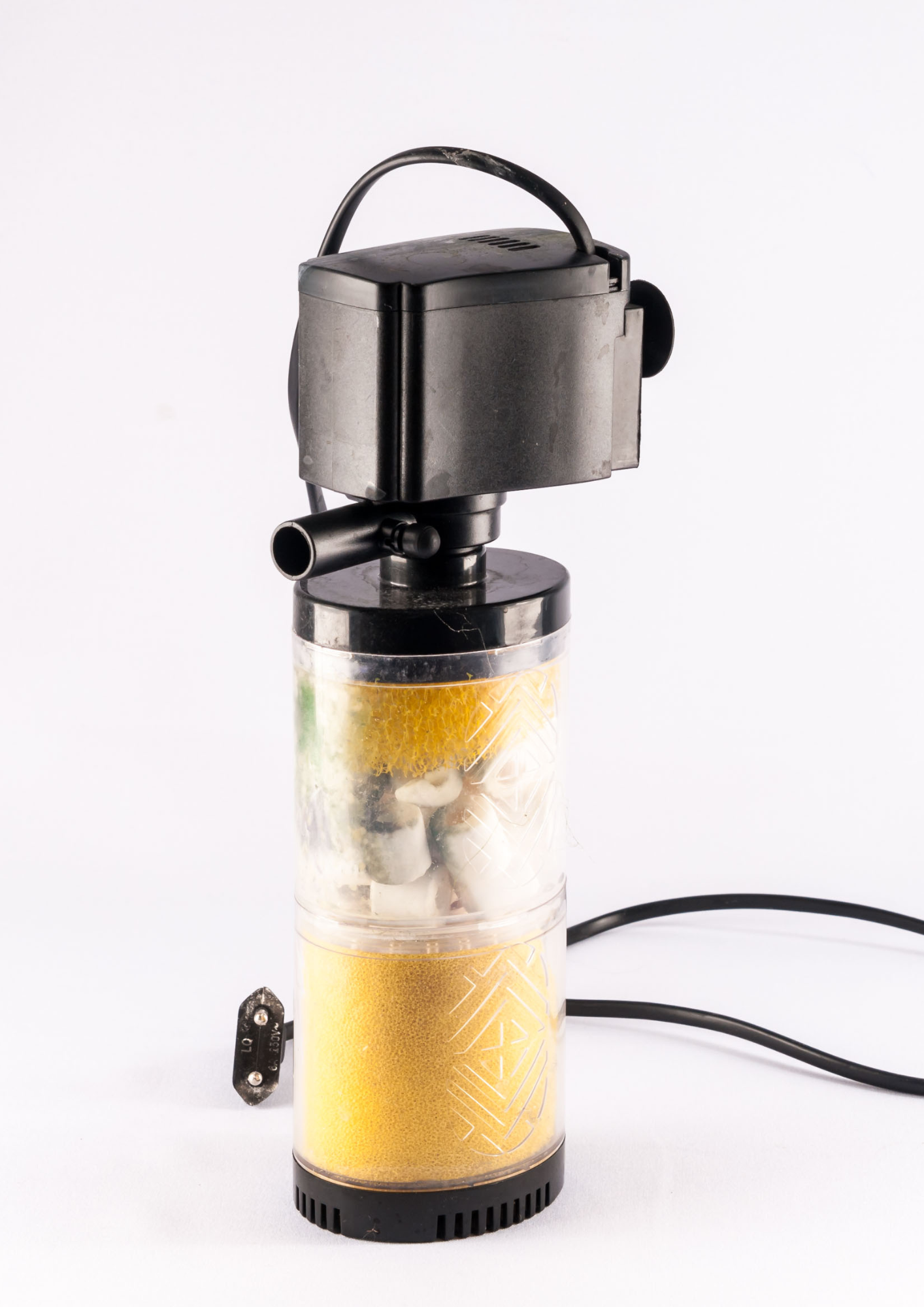
For Koi ponds or tanks, a variety of water filtration technologies, including mechanical, biological, and chemical filtration, may be employed.
With mechanical filtration, solid waste is taken out of the water using a filter material like foam or floss. Large particles in the water, such as uneaten food and fish excrement, must be removed from the water using this form of filtration.
Utilizing advantageous microbes to break down organic waste in the water is known as biological filtration. As a result of these bacteria, toxic substances like ammonia and nitrite are transformed into less dangerous nitrates, which may subsequently be eliminated by frequent water changes.
This kind of filtration is necessary to keep the nitrogen cycle in the water functioning properly.
Chemical filtration purifies water by removing pollutants and smells using specialized filter media, such as activated carbon. A full water filtration system often combines this form of filtration with mechanical and biological filtration.
It's crucial to take the size of the tank or pond, the quantity of fish, and the kind of filter media into account when choosing a water filtration system for Koi fish. Fish health issues and poor water quality might result from a filtration system that is too small or insufficient for the tank's or pond's size.
Along with choosing the right filtration system, it's critical to routinely maintain the system by cleaning and changing the filter media as necessary. This will guarantee that the filtration system is operating well and giving the Koi the highest-quality water available.
Water filtration is crucial for the survival and health of Koi fish. In order to eliminate contaminants and aromas from the water as well as solid waste, a suitable filtration system should use mechanical, biological, and chemical filtration.
A suitable filtration system must be chosen, and it must be constantly maintained, in order to provide the fish a healthy habitat.
Water
Replacement Frequency for Koi
To keep a pond or tank for Koi fish in the best possible condition, regular water changes are necessary. Koi create a lot of waste, and if it isn't removed, it might soon accumulate in the water, reducing the quality. Water changes aid in maintaining a clean habitat for the fish and assist to dilute waste.
How often the water is changed will depend on the quantity of fish, the size of the tank or pond, and the water quality. It is advised to do a 10–20% water change once each week as a general guideline.
This states that 100 to 200 gallons of water should be added to a 1000 gallon pond each week.
It is crucial to discard the old water and add new, dechlorinated water in its place. Since tap water contains chlorine and other impurities that might harm Koi, water must be treated before being introduced to a tank or pond. Chlorine and other pollutants may be removed from tap water using a variety of products.
The tank or pond should have routine maintenance performed in addition to frequent water changes. Cleaning the filters and skimming the water's surface to remove debris are two examples of this.
To guarantee that the fish are kept in a secure environment, the pH, ammonia, and nitrite levels of the water must also be periodically examined.
Koi need more oxygen and create more waste in the summer when the water temperature is higher. To maintain adequate water quality, it could be essential to do water changes more often. Additionally, more frequent water changes could be required to restore the balance of the water parameters if the water quality keeps declining.
Regular water changes are necessary to keep a pond or tank for Koi fish in optimum condition. It is recommended to do a 10–20% water change each week to replace the old water with new, dechlorinated water.
The health of the fish depends on routine maintenance and careful examination of the features of the water. By following these recommendations, Koi hobbyists may provide their fish a gorgeous and healthy habitat.
Avoid
Overcrowding
Overcrowding is a common problem in aquariums and ponds, and it can lead to a wide range of issues, including poor water quality, stress, and the spread of diseases.
Koi fish are particularly vulnerable to overcrowding since they can grow to be quite large, and they produce a significant amount of waste.
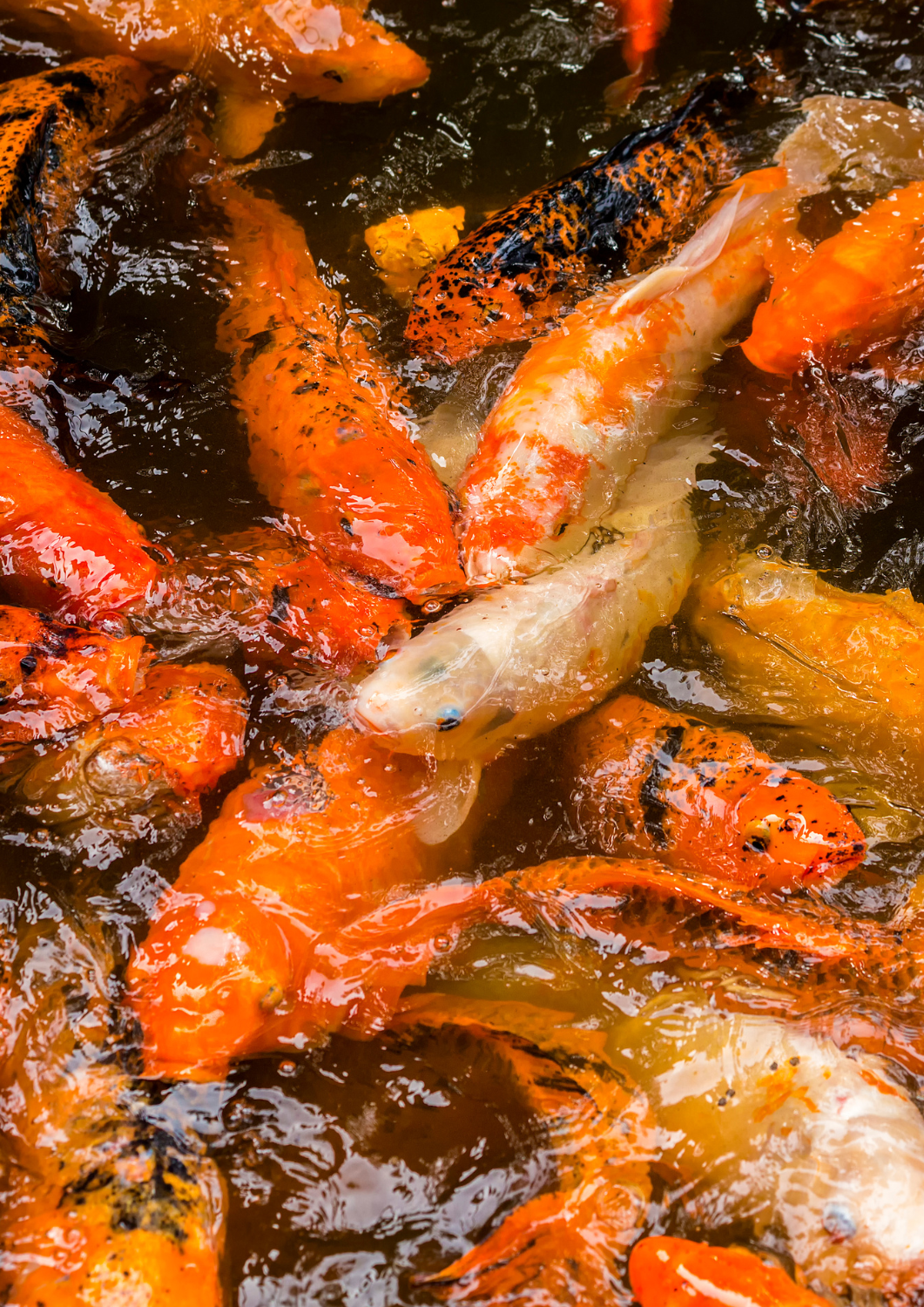
When there are too many fish in a tank or pond, the filtration system may not be able to keep up with the waste produced, leading to a build-up of harmful chemicals such as ammonia and nitrite. These chemicals can be toxic to fish and can lead to health problems such as fin rot, bacterial infections, and even death.
Overcrowding can also lead to stress in Koi fish, which can weaken their immune systems and make them more susceptible to diseases. In addition, overcrowded fish may become aggressive and territorial, leading to fights and injuries.
To avoid overcrowding, it is important to provide enough space for your Koi fish to swim freely. The general rule of thumb is to provide at least 1,000 gallons of water per adult Koi fish. However, this can vary depending on the size of your Koi and the filtration system you have in place.
It is also important to consider the size of the tank or pond when adding new Koi fish. Avoid adding too many fish at once and ensure that the existing fish have enough space to establish their territories before adding new fish.
Regular water changes and adequate filtration can also help prevent overcrowding by removing excess waste and maintaining water quality. It is recommended to change 10-20% of the water in your tank or pond every week to keep your Koi fish healthy.
Overcrowding can have serious consequences for your Koi fish's health and well-being. By providing enough space, avoiding adding too many fish at once, and maintaining good water quality through regular water changes and filtration, you can ensure that your Koi fish thrive in their environment.
Water
Movement
In order to maintain a Koi fish ecosystem that is healthy and prosperous, water flow is crucial. Like other fish, Koi fish need enough oxygen to thrive. Water movement increases the surface area of the water in contact with the air, which helps to promote oxygenation. It's crucial to keep everything in balance and avoid generating a strong water stream that can stress your Koi fish.
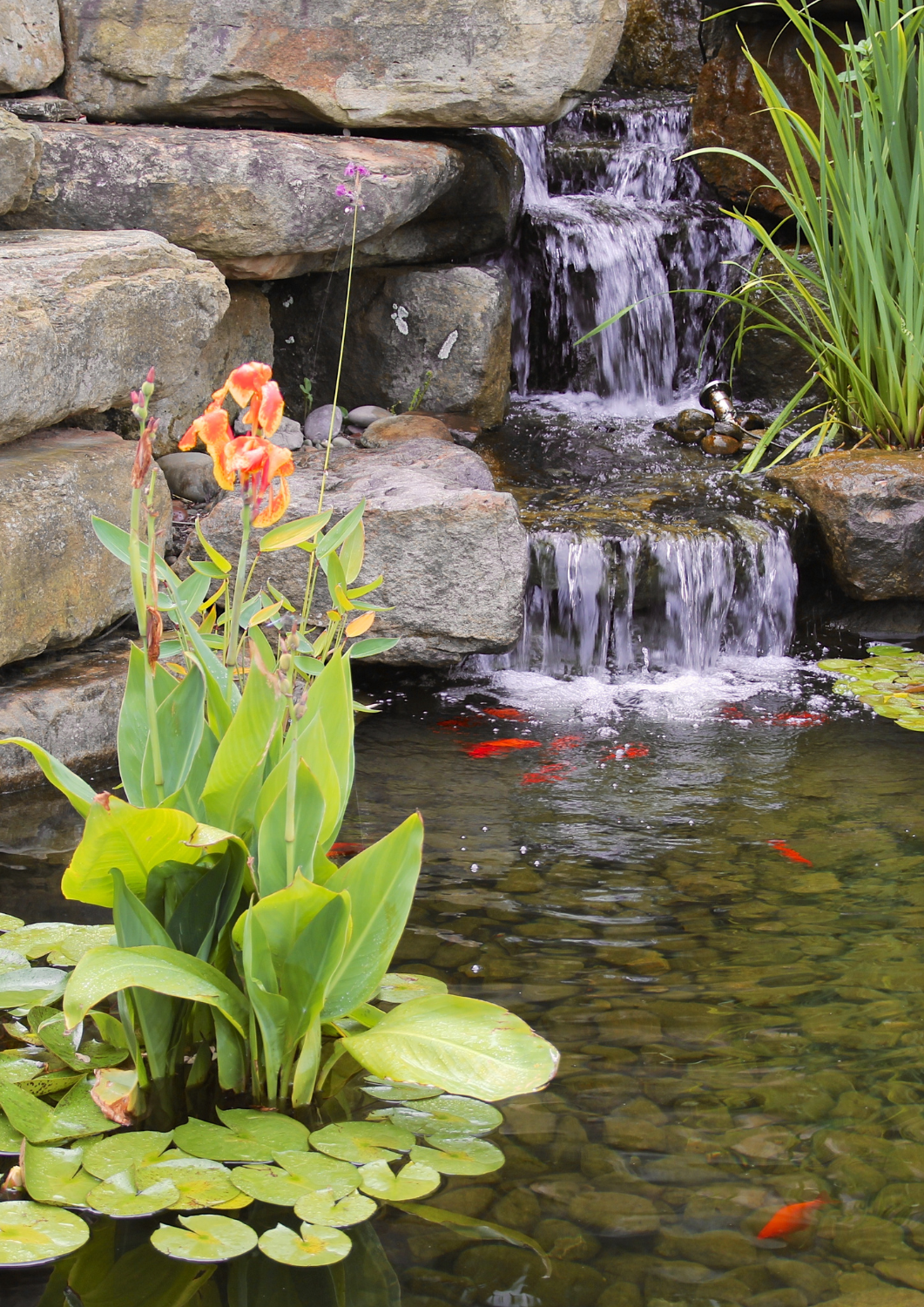
Using a water pump or filter is one approach to generate mild water movement in your tank or pond. These gadgets may assist in generating a moderate water flow that encourages oxygenation without placing stress on your Koi fish.
To ensure that there is enough water circulation, it is crucial to pick a water pump or filter that is suitable for the size of your tank or pond.
Including embellishments like rocks, caverns, and plants is another approach to encourage water flow. These ornaments may aid in generating water currents that are naturally occurring and provide your Koi fish areas to hide and explore.
It is important to remember that Koi fish may get stressed by high water currents, which increases their susceptibility to illness.
Gasping at the water's surface, irregular swimming, and lack of appetite are all indications of stress. It could be required to modify the water flow in your tank or pond if you detect any of these symptoms.
Water movement helps to transfer heat evenly across your tank or pond in addition to boosting oxygenation. This is especially crucial in bigger bodies of water since insufficient water circulation may result in temperature differences.
Keeping a healthy and happy Koi fish ecosystem requires water flow. Your Koi fish may benefit from enrichment as well as oxygenation and heat distribution that is promoted by gentle water movement.
Your Koi fish will flourish in their surroundings if you choose the right water pumps or filters and add decorations that encourage natural currents.
Quarantine
Anyone who keeps Koi fish, or any other aquatic animal should adhere to the quarantine protocol. To stop infections from spreading to healthy fish, quarantine includes removing new or diseased fish from the main tank or pond.
It is crucial to quarantine young Koi fish for at least two weeks before introducing them to the main tank when adding them to your tank or pond.
This is because incoming fish could bring illnesses that might harm your current fish and spread to them.
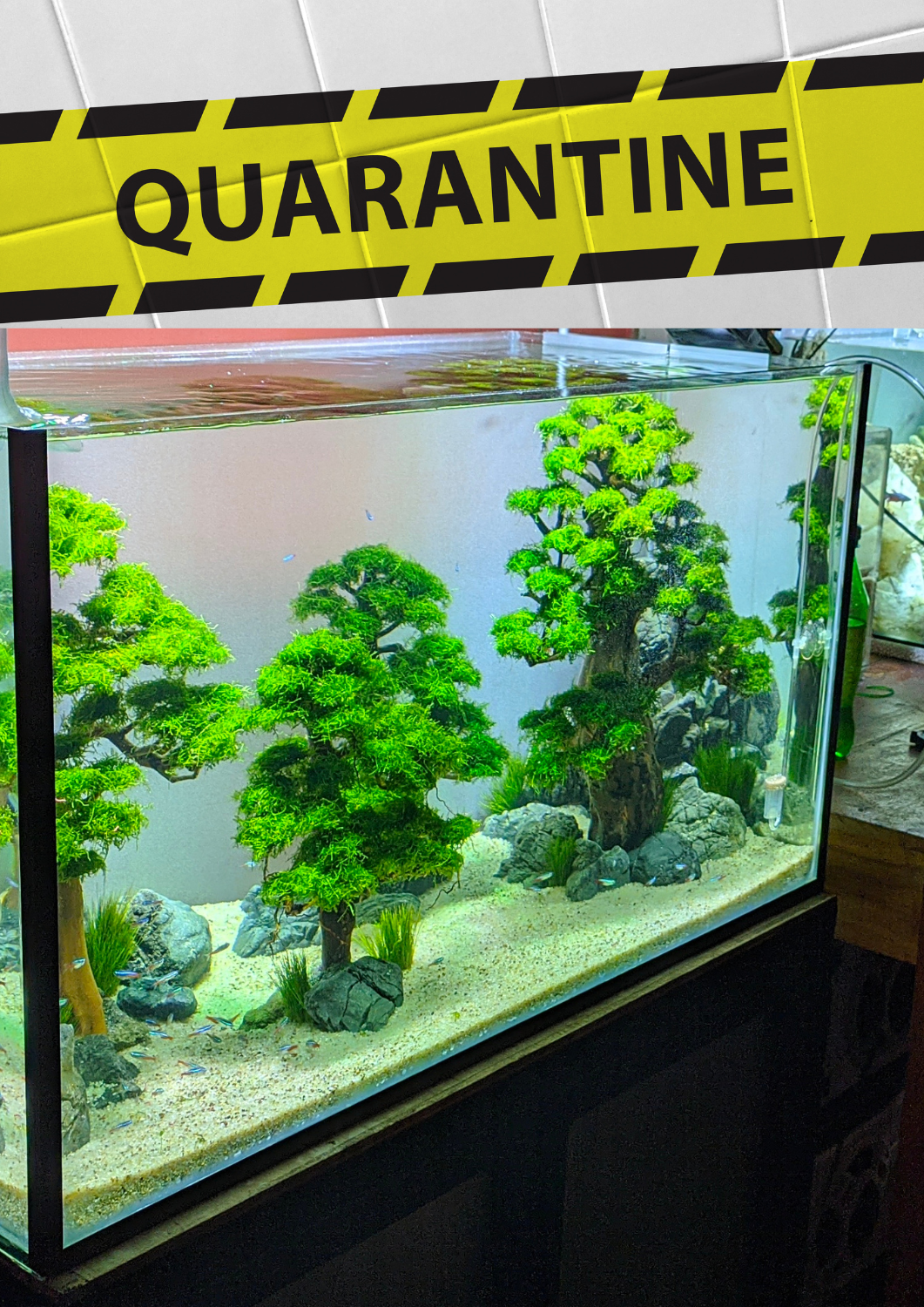
It's crucial to keep an eye out for symptoms of stress or disease in the new fish during the quarantine period, such as lack of food, sluggishness, or unusual swimming behavior.
A filtration system that can manage the bio-load of the fish should be installed in quarantine tanks, which should be maintained apart from the main tank.
In order to keep quarantine tanks in top shape, they should also undergo routine cleaning and water quality testing. To stop the transfer of any possible diseases, it is crucial to avoid using the same nets, siphons, or other equipment between the quarantine tank and the main tank.
In addition to keeping new fish in quarantine, ill fish must also be kept in isolation. To stop sickness from spreading to other fish, sick fish should be taken out of the main tank and put in a separate quarantine tank.
It's critical to identify the exact illness the fish has so that you can treat it appropriately.
Quarantine is a crucial procedure for anybody raising Koi fish or any other aquatic creatures, to sum up. Quarantine enables young or ill fish to recuperate in a controlled environment while also preventing the transmission of infections to healthy fish.
Your Koi fish will stay healthy and flourish by keeping a separate quarantine tank, checking the water quality, and avoiding sharing equipment across tanks.
Decorations
Any Koi fish tank or pond should include decorations since they not only offer aesthetic appeal but also give your Koi fish enrichment and places to hide. It's crucial to choose decorations that are safe for your Koi fish and appropriate for their environment.
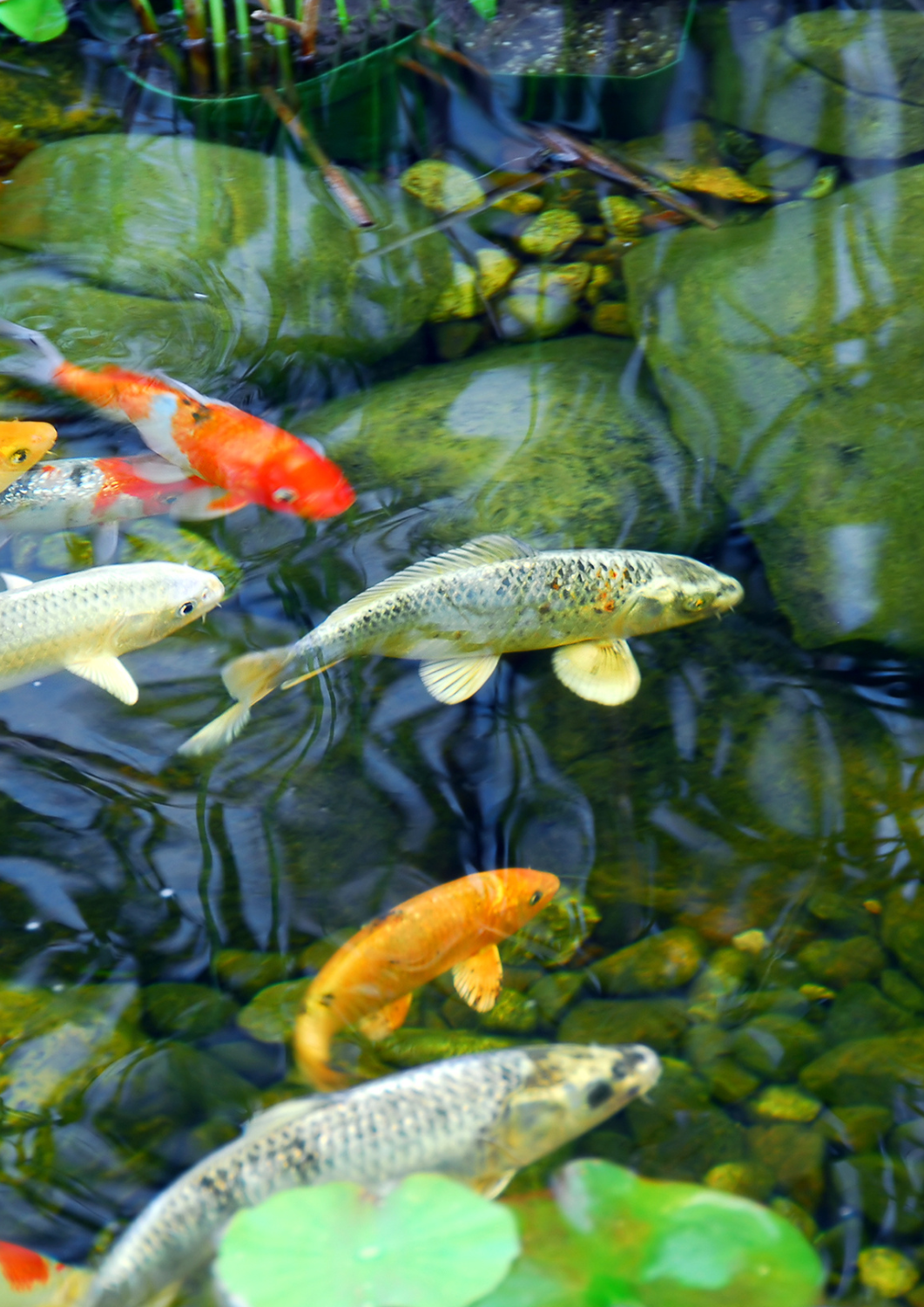
Rocks are a common sort of décor for ponds and tanks with Koi fish. In addition to giving your tank or pond a natural appearance, rocks may double as hiding spots for your Koi fish. It's critical to choose pebbles with smooth surfaces and no sharp edges that might cut your Koi fish.
To avoid introducing any hazardous germs or parasites, pebbles should also be completely cleaned and sterilized before being added to your tank or pond.
Plants are another common ornament for ponds and tanks with Koi fish. Live plants may assist to create a more natural habitat for your Koi fish by absorbing excess nutrients, supplying oxygen, and providing oxygen. But since certain plants might be poisonous if consumed by Koi fish, it's crucial to choose ones that are safe for them.
In order to keep plants from overgrowing and taking over the tank or pond, they need also be routinely pruned and maintained.
For ponds and Koi fish tanks, caves and tunnels make fantastic decorations. These features may provide your Koi fish areas to hide and can also induce water currents naturally. It's critical to choose caverns and tunnels that your Koi fish can swim through without becoming tangled.
Finally, it's critical to stay away from ornaments that can endanger your Koi fish. Avoid using sharp things, electrical cables, and tiny plastic objects around your fish since they may harm or even kill them.
Ornaments are a crucial component of any pond or tank housing Koi fish. They provide your Koi fish visual appeal, hiding spots, and enrichment. When choosing decorations, it's crucial to take your Koi fish into account.
Pick rocks, plants, and structures that are safe and suitable for your fish and stay away from any ornaments that can endanger them.
Seasonal
Changes for Koi
Koi fish and their surroundings may be significantly impacted by seasonal variations. The water chemistry, oxygen levels, and general health of Koi fish may all be impacted by seasonal changes in temperature and weather patterns. Koi fish fans should be aware of these changes and take the necessary precautions to maintain the welfare of their fish.
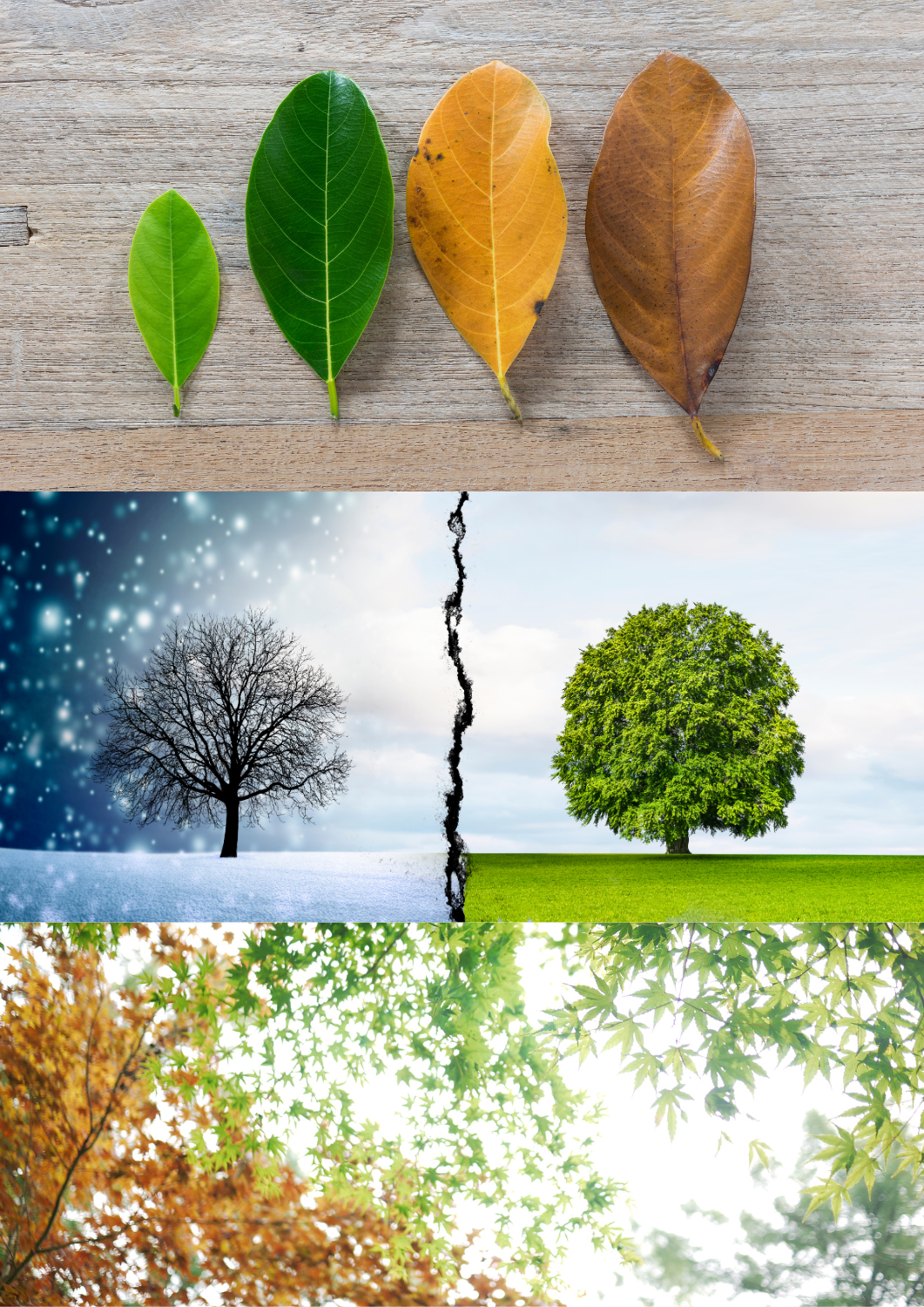
Koi fish become more active and begin to eat more regularly in the spring when the temperature starts to climb. Additionally, this is the time of year when the development of bacteria and algae may pick up speed and result in a build-up of waste in the water.
In order to avoid the accumulation of dangerous bacteria and other toxins, it is crucial to maintain a constant watch on the water quality and undertake routine water changes and cleaning.
Due to the greater water temperatures in the summer, Koi fish may be more prone to health problems. Lower oxygen levels in the water brought on by higher temperatures may stress Koi fish and harm their health.
To maintain ideal oxygen levels, it's critical to frequently check the water temperature and provide sufficient aeration and water movement.
As the weather starts to drop down in the autumn, Koi fish become less active and may stop eating. During this season, the pond may also be covered with leaves and other debris, which will increase the amount of organic waste. To avoid the accumulation of dangerous germs and toxins in the water during this period, regular cleaning and upkeep are important.
Koi fish need specialized care throughout the winter because they become dormant. Koi fish become less active and may even stop eating completely when the water temperature decreases.
In order to keep the pond from entirely freezing over, it's critical to keep an eye on the water's temperature and supply enough aeration. To avoid the accumulation of hazardous bacteria and other toxins, it is also crucial to monitor the water quality and execute routine water changes.
Koi fish health and wellbeing may be significantly impacted by seasonal fluctuations. Koi fish aficionados should be aware of these changes and take the necessary steps to ensure that their fish have the best possible living conditions.
The health and happiness of Koi fish may be maintained throughout the year with regular maintenance and cleaning, as well as frequent monitoring of water quality, temperature, and oxygen levels.
Predators
In outdoor ponds, predators may be a serious danger to Koi fish. Koi fish lovers should be aware of possible predators in their region and take the necessary precautions to safeguard their fish.
The heron is a typical predator. These large birds may readily reach ponds with shallow borders or regions without proper protection, where they are known to attack on Koi fish. Herons may be kept away from a pond by installing fence or netting around it to make it more difficult for the birds to get to it.
Other deterrents include decoys that resemble bigger predators or motion-activated sprinklers.
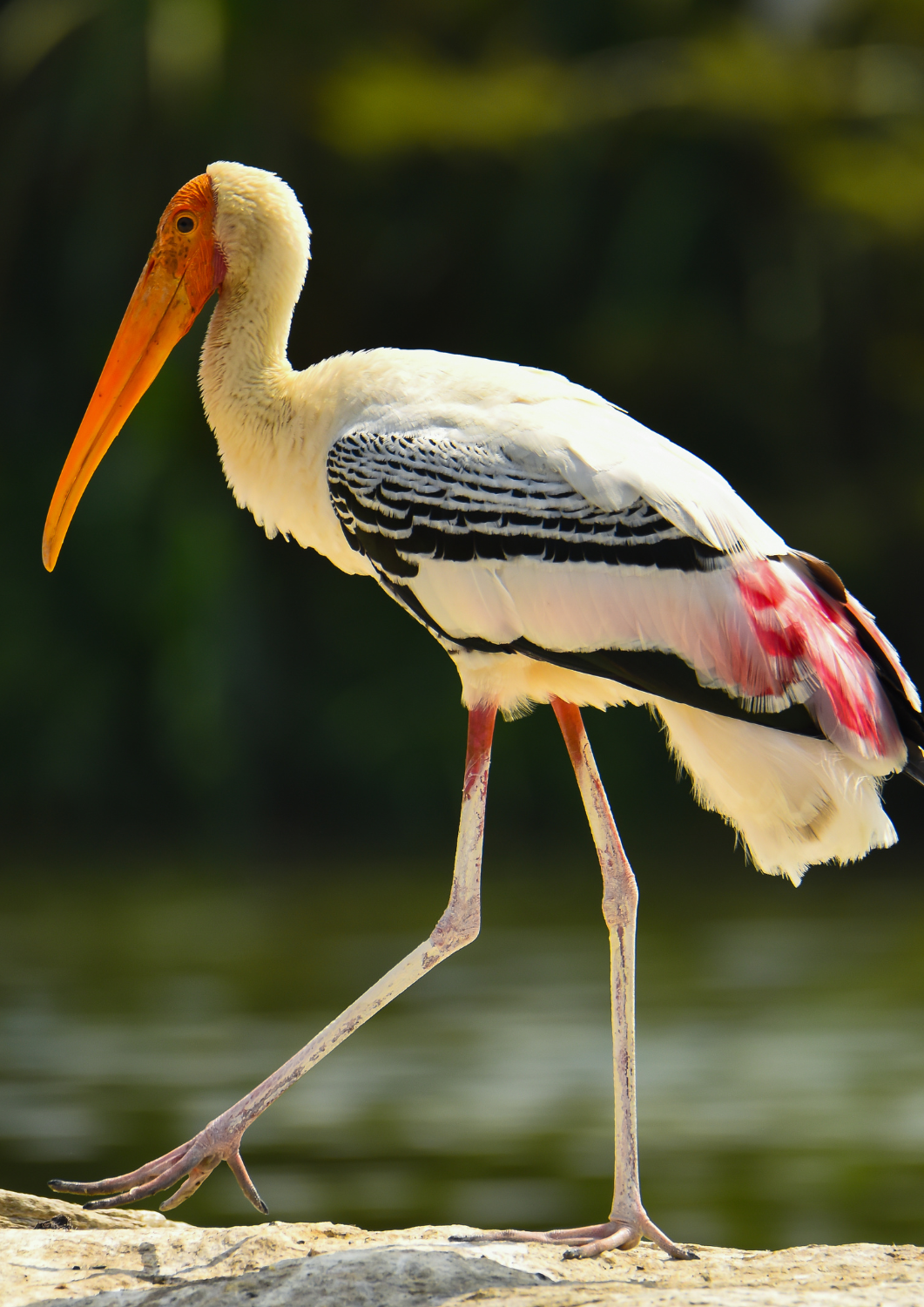
The raccoon is another predator to be on the lookout for. These creatures may readily enter ponds with shallow borders since they are recognized for being great swimmers.
Installing obstacles around the pond, such as fencing or boulders, to keep them from getting in can help prevent raccoons from preying on Koi fish.
Cats, foxes, and even bigger fish, such bass, or catfish, are some more predators to be on the lookout for. It's crucial to routinely check the pond for indications of predation, such as missing or hurt fish.
After an attack, it's crucial to remove any damaged or dead fish from the pond and take precautions to stop future assaults, such erecting more barriers or deterrents.
Safeguarding Koi fish from predators is a crucial part of keeping an outdoor pond healthy and happy. Koi fish lovers may contribute to ensuring the security and welfare of their fish by taking the necessary precautions to restrict access and scare off any predators.